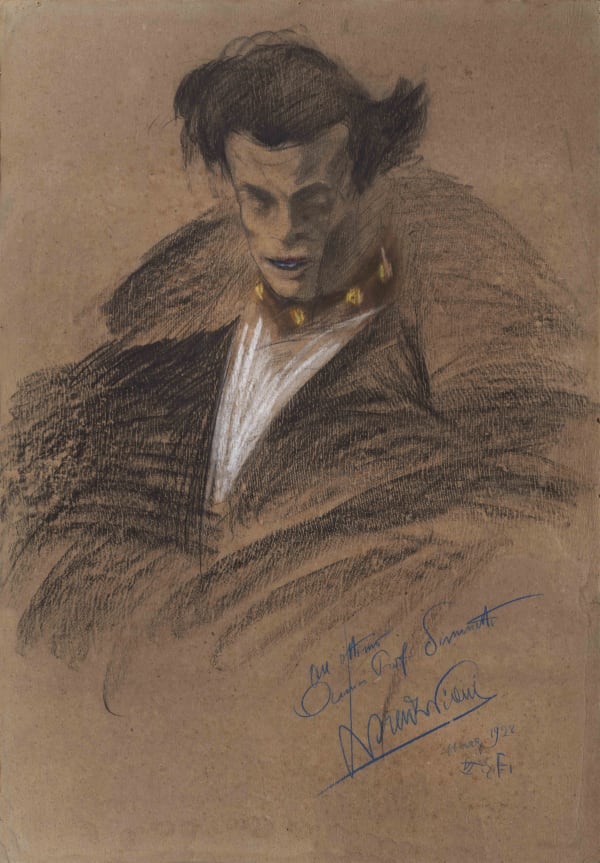
Lorenzo VIANI Viareggio 1882 -Lido di Ostia 1936
Exhibitions
I pittori del lago. La cultura artistica intorno a Giacomo Puccini, exhibition catalogue edited by A. Conti and G. Bacci di Capaci, Seravezza - Palazzo Mediceo, 18 July - 20 September 1998, fig. 78 p. 146, 173; Ai confini della mente. La follia nell’opera di Lorenzo Viani, exhibition catalogue edited by G. Bruno, E. Dei, Viareggio, Villa Paolina, 4 August - 28 October 2001, Pistoia 2001, fig. 18; Lorenzo Viani: pittore e scrittori espressionista, exhibition catalogue edited by E. Dei, W. Angelici, Ancona, Mole Vanvitelliana, 1 December 2006 - 18 February 2007, Cinisello Balsamo 2006, plate 18; E. Dei, Lorenzo Viani. Tra la Senna e le Apuane: l’apocalisse del segno, Florence 2009, series called “I maestri della luce in toscana”, plate 13, p. 45.
Join the mailing list
Subscribe to our newsletter to receive all the news about exhibitions, fairs and new acquisitions!
